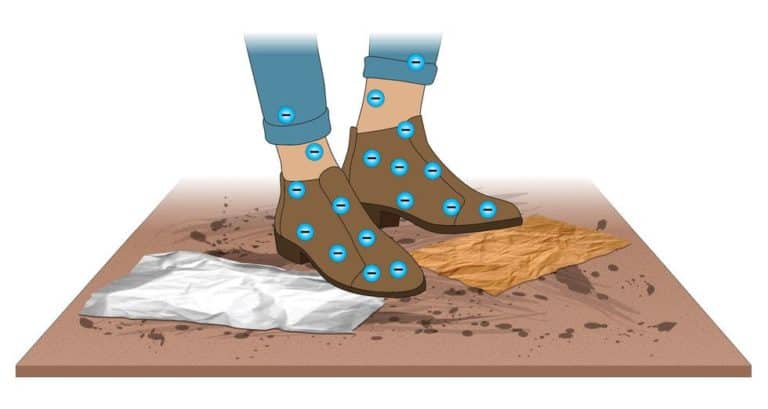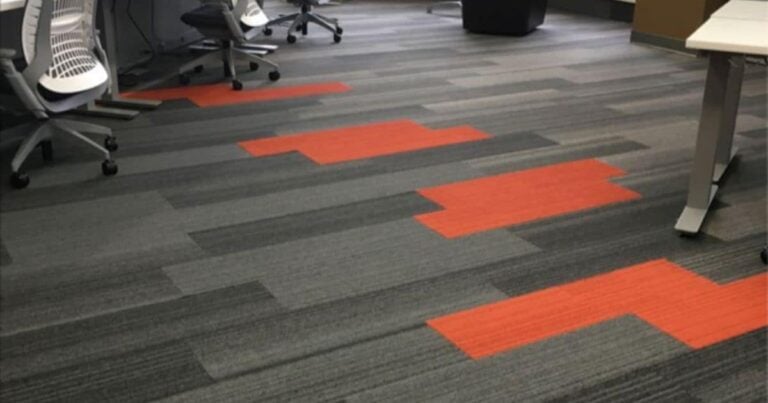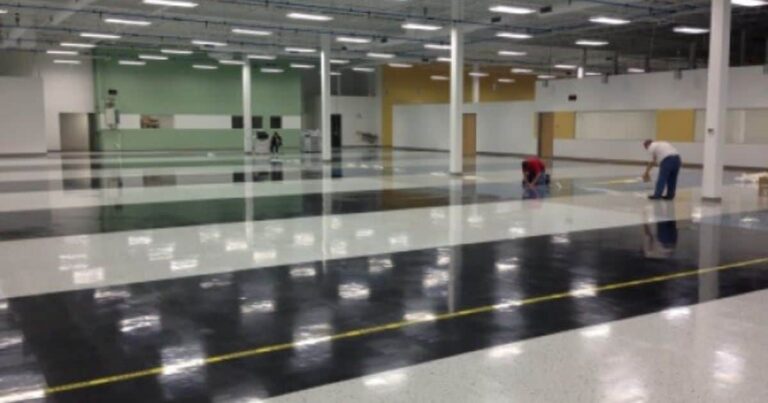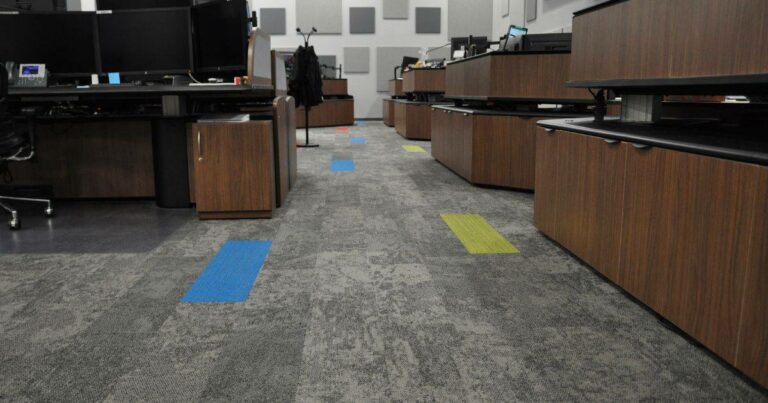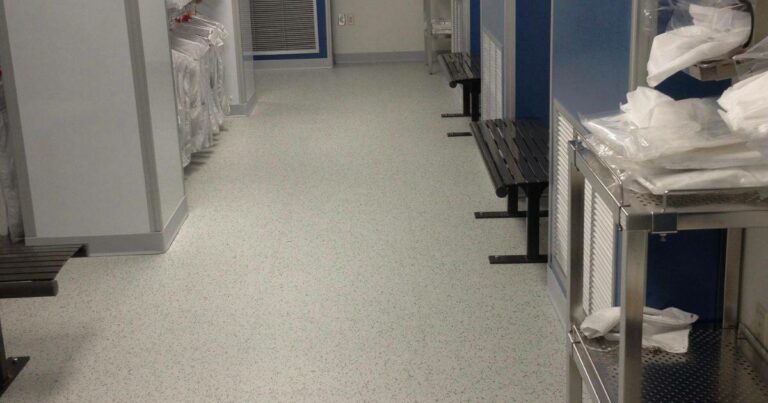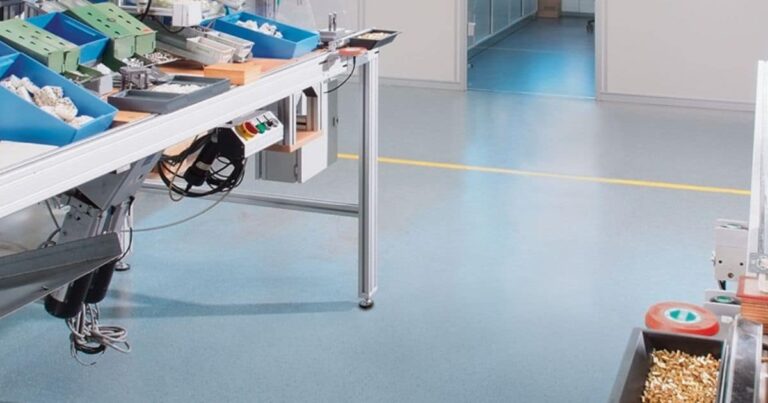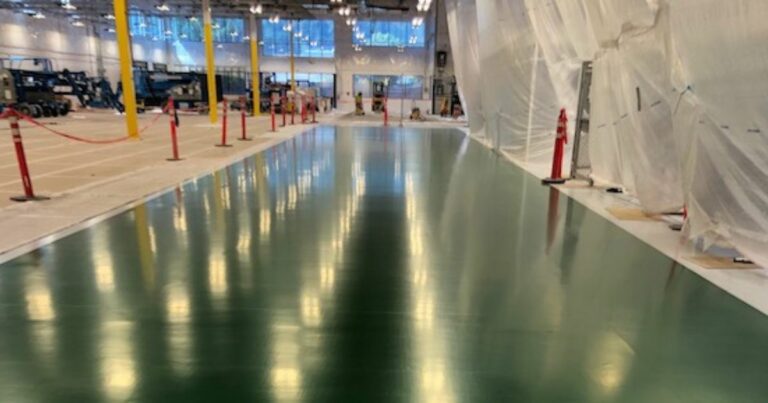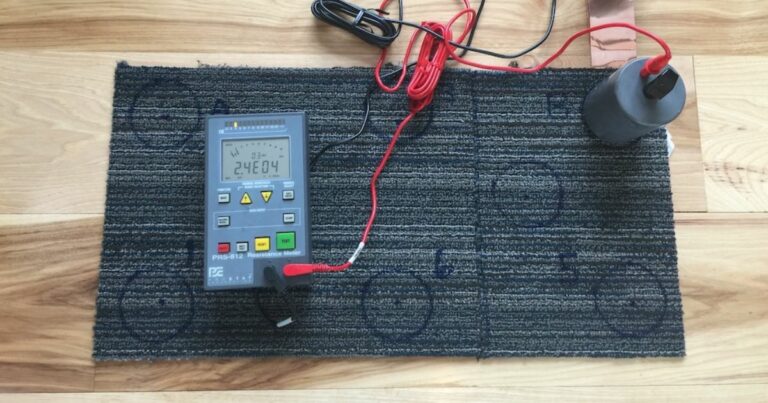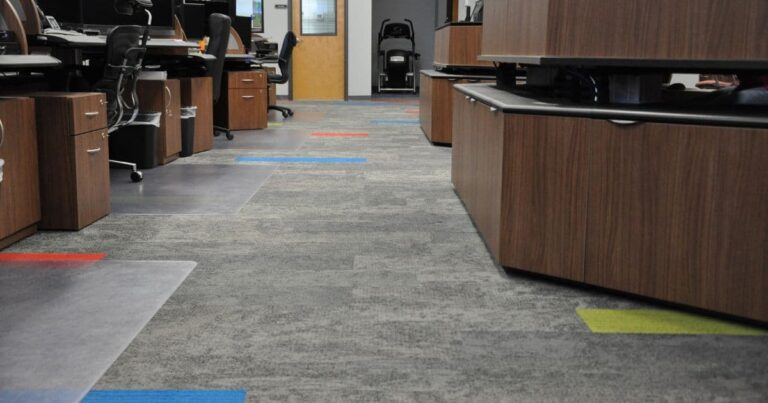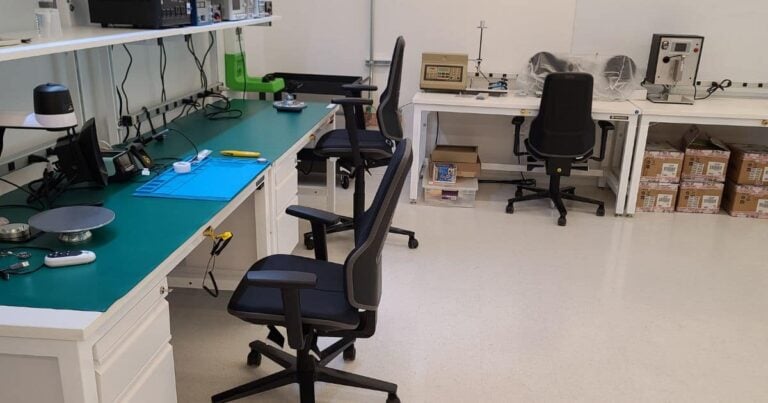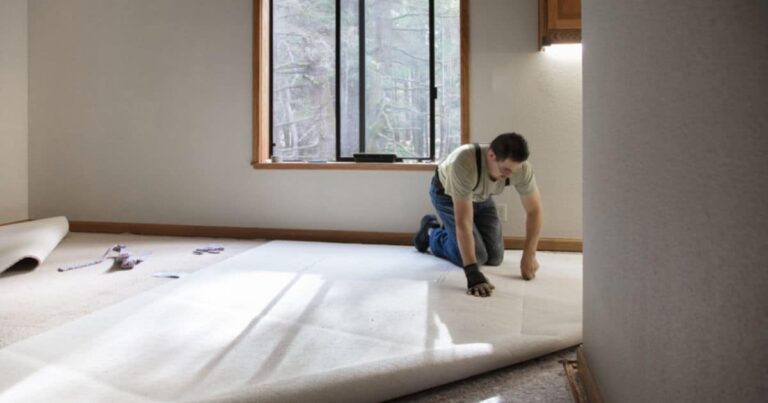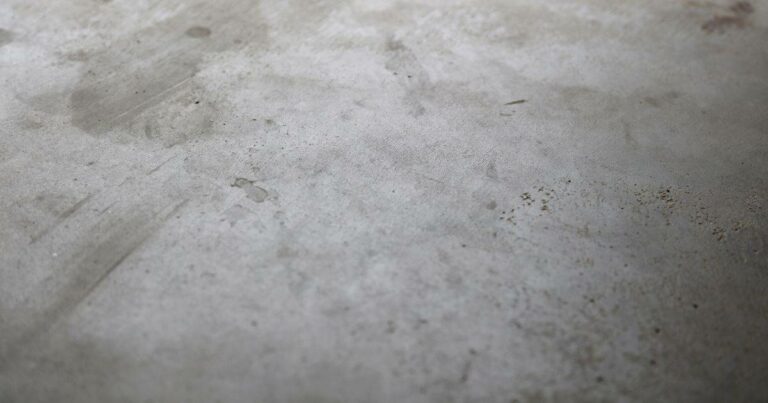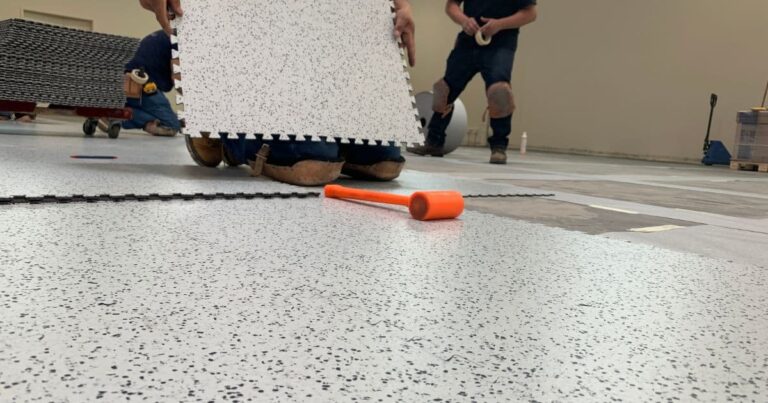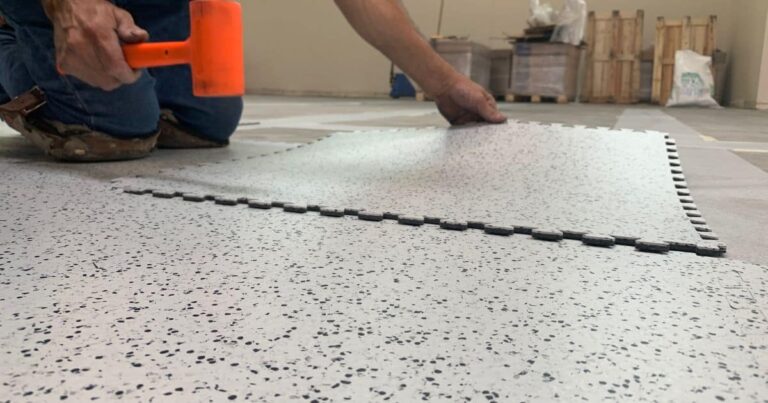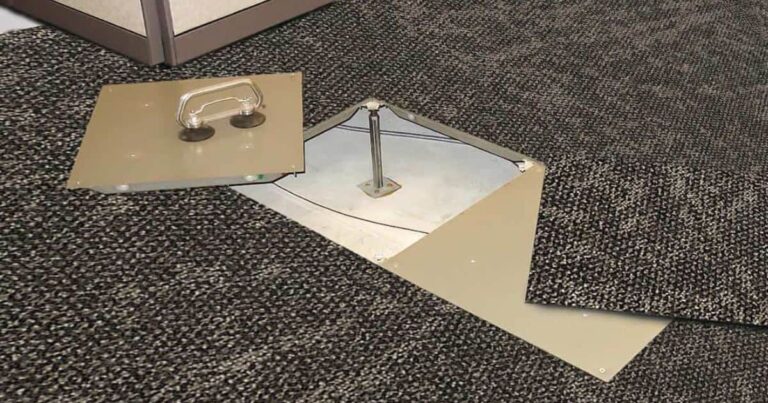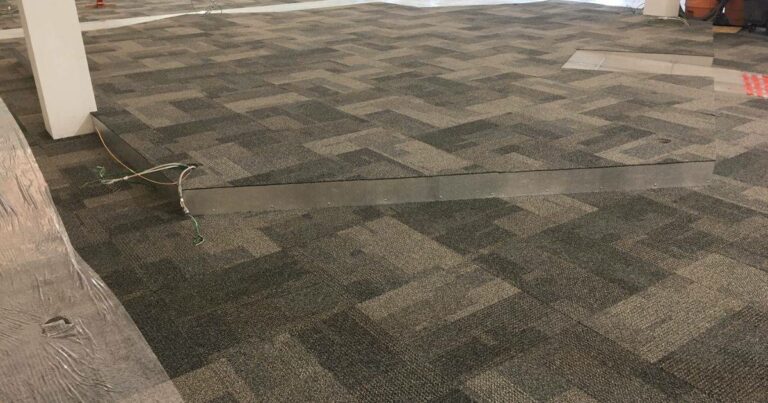FAQ: Are dissipative floors also ESD?
Dissipative or static dissipative is a term used to describe the electrical resistance of a flooring material. To qualify as an ESD floor, resistance must measure below 1.0 x 10E9 ohms. A static-dissipative floor measures between 1.0 x 10E6 and 1.0 x 10E9. However, a dissipative – or conductive – floor can measure in the correct resistance range and still generate static. In end-user spaces where people do not wear special ESD-protective footwear, a floor that does not prevent static from building on people cannot protect electronics from damage due to electrostatic discharge.
More FAQs
Learning Center Articles
- ESD Basics
- Installation & Maintenance
- Selecting & Specifying an ESD Floor
- Technical Information
- 7 Common Mistakes Selecting an ESD floor
- A Guide to ESD Flooring Selection
- Avoid Costly Failures: What You Need to Know When Specifying ESD Flooring
- Choosing ESD Flooring for:
- ESD Footwear: What Is It and When Is It Necessary?
- ESD Footwear for Electronics Manufacturing and Handling Applications
- Facility Managers’ Guide to Selecting ESD Flooring
- The Need for Due Diligence in Specifying Static-Free Flooring
- Standard of Care for Specifying Floors in Mission-Critical Spaces
- Understanding the Hidden Costs of ESD Flooring

StaticWorx high-performance static-control floors protect electronic components, explosives, and high-speed computers from damage caused by static electricity. ESD flooring is part of a system. Choices should always be based on objective, researched evidence. When you partner with us, we look at all possible items that may need to integrate with the floor, and, focusing on your goals and objectives, help you find the right floor for your application.







